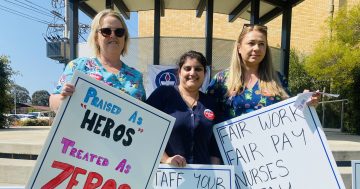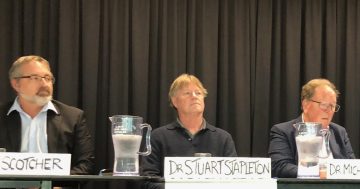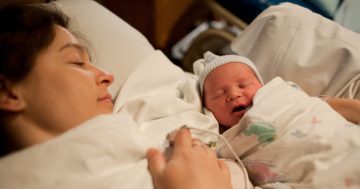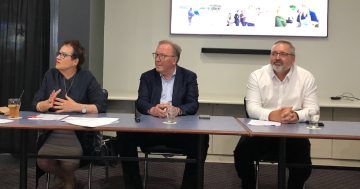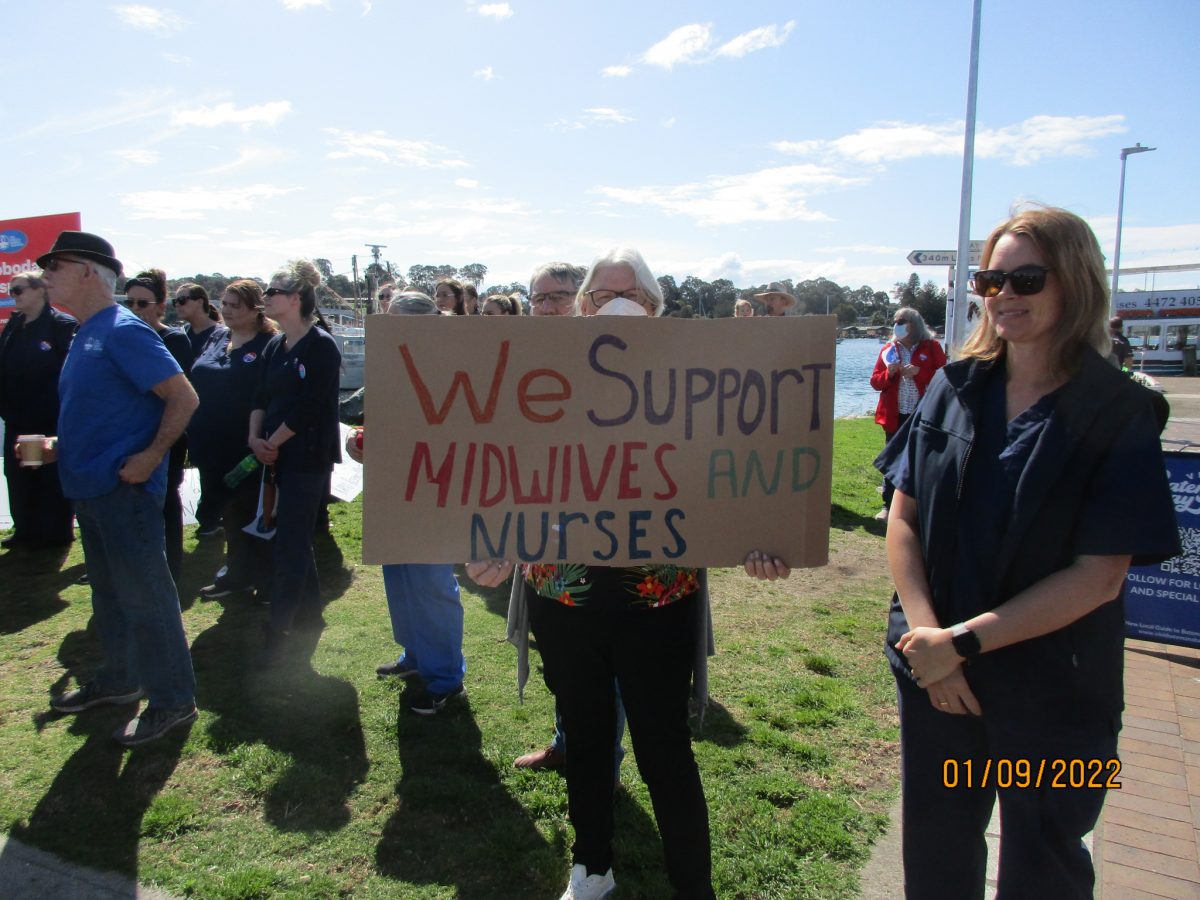
Nurses during the strike action in Batemans Bay. Photos: One Eurobodalla Hospital Group.
Nurses around the region have called on the NSW Government to join the conversation on staffing ratios and working conditions in NSW hospitals.
That was the message from the state-wide strikes and rallies held to shine a light on what nurses say are dangerous working conditions in NSW.
NSW Nurses and Midwives’ Association president Diane Lang led the conversation at Bega.
“NSW Government approves and allows us to do 17- and 18-hour shifts, truck drivers can’t do that, and we’re looking after the lives of people,” she said.
“We want to change the way they staff and fund the wards. We want to make sure they fund the wards, so that the nurses can deliver professional care. By having less patients, enables us to be able to do everything that we need to do for that person, and to watch them, from the time they are admitted into the hospital … to the time that they walk out the door safely.”
The association has been fighting for change for over a decade but say the NSW Government refuses to join the conversation. This is despite staff ratio changes being adopted in other Australian states including Victoria, Queensland and South Australia.
Bega MP Dr Michael Holland, who is a specialist obstetrician and gynaecologist with decades of experience, is uniquely placed to comment.
“I have a 29-year-old daughter … who has gone into nursing. She’s in the ACT and I would hate to see the effects on (her) if she worked under the NSW conditions,” he said.
“(Nursing is) stressful enough as it is.”



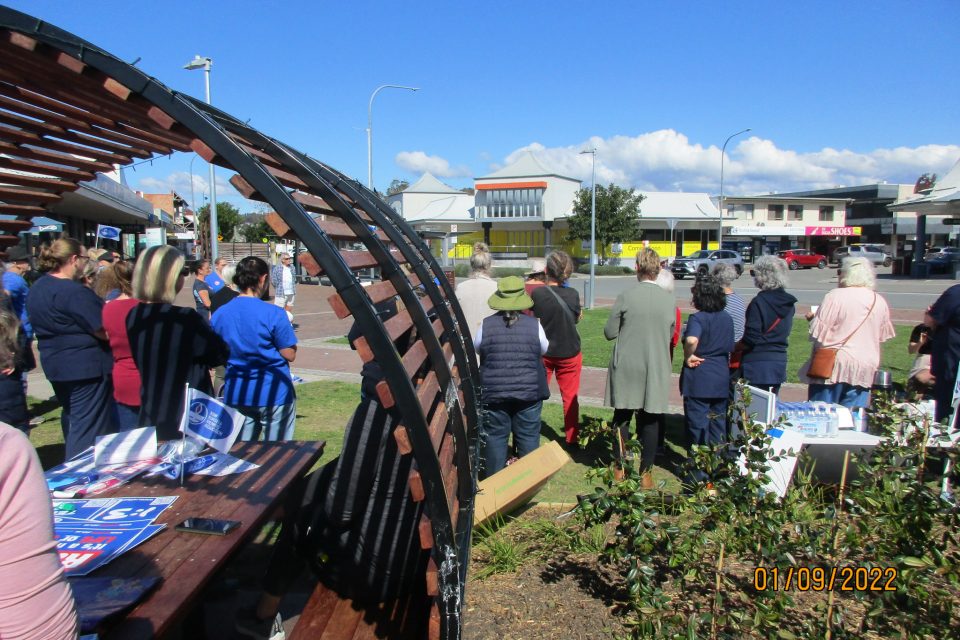

Dr Holland has lived experience of sharing health care with his nursing and midwifery colleagues.
He pointed at the reduced numbers of nursing staff, and under-resourced staff, working in NSW hospitals in recent years, that pre-dates the pandemic.
“They don’t feel supported,” he said.
“The current government has never spoken to the nurses and midwives about this issue, they’ve never negotiated, so NSW Labor is the only one who is discussing and negotiating. They haven’t reached a resolution because it’s very much a two-pronged economic and workforce issue and you have to make a decision that’s economically responsible for the community.”
NSW shadow treasurer Daniel Mookhey and health minister Ryan Park meet with nursing and midwifery representatives weekly, according to Dr Holland.
“They recognise that safer staffing makes nursing and midwifery more attractive (and) they understand that it will actually attract new nurses and new midwives to the profession, and they also know that it will encourage men and women who have left the profession to come back into the profession,” he said.










